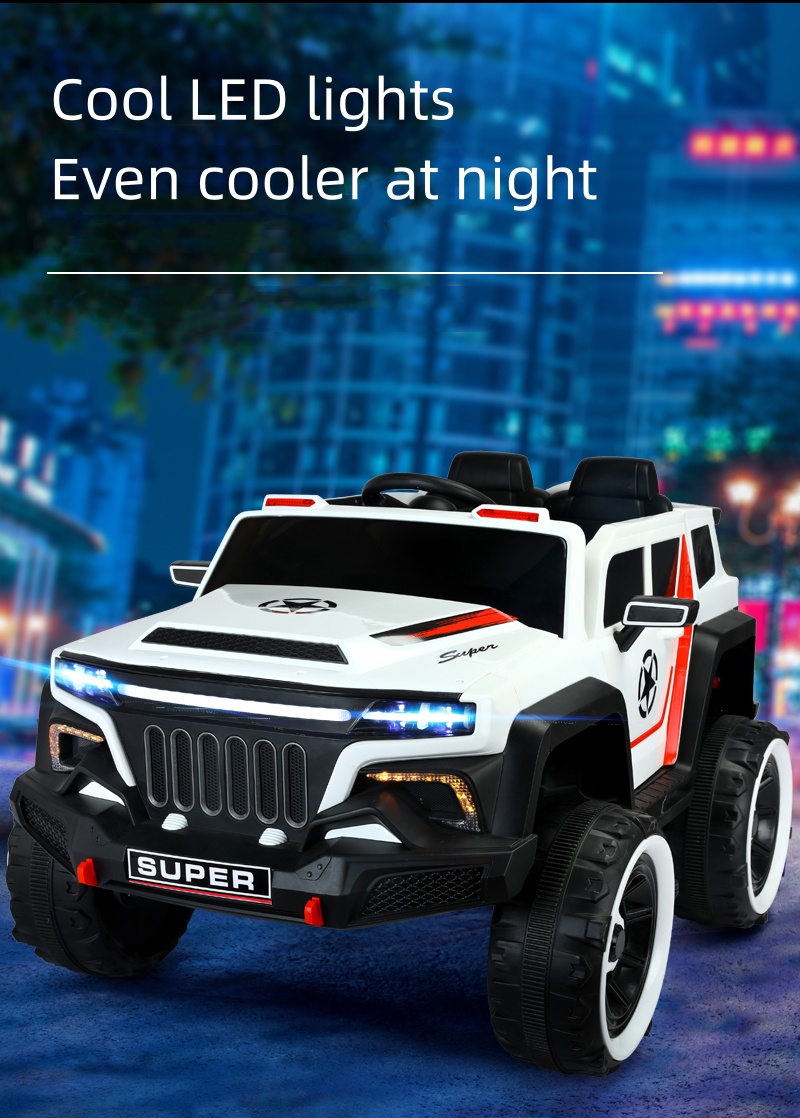Understanding the Distinctions Between Scooters and Motorcycles for New Riders
The Difference Between a Scooter and a Motorcycle
When it comes to two-wheeled vehicles, scooters and motorcycles stand as two distinct categories, each with its unique features, advantages, and purposes. While many people may use the terms interchangeably, understanding the differences between a scooter and a motorcycle can help riders make informed decisions about which type of vehicle best suits their needs.
Design and Structure
One of the most noticeable differences between scooters and motorcycles lies in their design. Scooters typically feature a step-through frame, which allows riders to easily mount and dismount. The wheels on scooters are generally smaller, often ranging from 10 to 16 inches in diameter. This makes them more maneuverable in urban environments, ideal for short trips and commuting.
Motorcycles, on the other hand, have a larger frame and often come with more significant engine displacement options. The seat is usually higher off the ground, requiring a slightly more considerable level of balance and riding skill. Motorcycle wheels tend to be larger, ranging from 16 to 21 inches, which contributes to a smoother ride over longer distances and different terrains.
Engine Capacity and Performance
Another critical difference between scooters and motorcycles is engine size and performance. Scooters are typically equipped with smaller engines, usually under 250cc. This range is sufficient for city commuting and short trips, delivering fuel efficiency and ease of use. Many scooters also utilize automatic transmissions, meaning riders do not have to manually shift gears. This feature makes scooters accessible for novice riders or those uncomfortable with operating a clutch.
Motorcycles, in contrast, come with a wide variety of engine sizes, often ranging from 250cc to over 1800cc. This range provides motorcycles with greater power and speed, suitable for highway riding and long-distance travel. Most motorcycles utilize manual transmissions, which can provide a more engaging riding experience for those seeking adventure and the thrill of control.
what's the difference between a scooter and a motorcycle

Storage and Practicality
In terms of practicality, scooters often have an edge for urban riding. Many models come equipped with under-seat storage compartments, allowing riders to stash groceries, bags, or other essentials easily. Their compact size and lightweight nature make them efficient for navigating through traffic and finding parking in crowded areas.
Motorcycles generally lack this convenience, usually requiring the addition of saddlebags or rear racks for storage, which can detract from their sleek appearance. They tend to be larger and bulkier, making them less suited for tight city spaces but more appropriate for open roads.
Riding Experience and Safety
The riding experience on a scooter is often more relaxed compared to a motorcycle. Due to the smaller engines and automatic transmissions, scooters are easier to ride in stop-and-go traffic, making them appealing for daily commuters.
Motorcycles often provide a more exhilarating ride due to their larger engines and manual transmissions. The increased power allows for faster acceleration and higher speeds, appealing to those looking for a more thrilling experience. However, this power comes with the need for additional safety precautions; motorcycles generally require a higher level of skill and experience to operate safely.
Conclusion
In conclusion, while scooters and motorcycles serve similar purposes, they cater to different riding preferences and lifestyles. Scooters are ideal for urban commuting and short-distance travel, offering ease of use and convenience. Motorcycles, with their greater power and speed, provide an exciting option for those seeking adventure on the open road. Ultimately, the choice between a scooter and a motorcycle comes down to the individual’s needs, preferences, and riding experience. Whether you prioritize convenience, speed, or style, understanding the differences between these two types of two-wheeled vehicles will help you make the best choice for your riding journey.
-
Understanding Voltage in Battery for Children's Motorized CarNewsJun.05,2025
-
Safety Features to Look for in an Electric Car for KidsNewsJun.05,2025
-
How to Teach Your Child to Ride a Kids MotorcycleNewsJun.05,2025
-
How to Prevent Falls on a Balanced ScooterNewsJun.05,2025
-
How to Maintain Your 3 Wheeled Scooter for LongevityNewsJun.05,2025
-
Best Motorcycle Scooters for Urban CommutingNewsJun.05,2025
